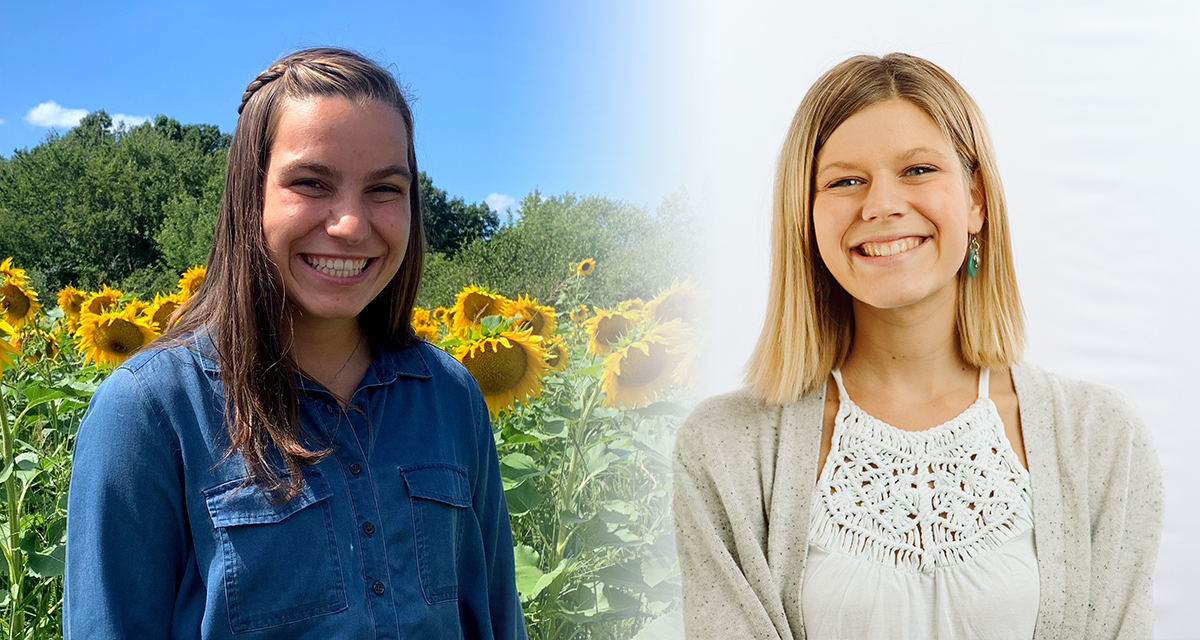Education Majors Jump in to Close Literacy Gap
When COVID-19 forced schools to close their doors and switch to remote learning, kindergarten students found themselves learning to read on their computer screens, rather than from the pages of a book. Students worked with their teachers to learn phonics, sight words and other important reading skills remotely, but many fell behind.
This learning loss has left young students as much as 30 percent behind students in their grade in a typical year, according to a study done by researchers at Stanford Graduate School of Education. In Chelsea, Massachusetts, the problem is particularly critical. Chelsea is a lower-income community where over 60 percent of students are considered economically disadvantaged and over 40 percent are English language learners. Many of the families who live there cannot afford computers, tablets or reliable internet, and not all of Chelsea’s schools had the funding or the resources to lend laptops to families in need. Even if a student had access to the right resources, there were other challenges of learning at home. Many of Chelsea’s students live in dense, multigenerational housing, which made it difficult for them to find a quiet place to learn.
To address these problems, the Massachusetts Department of Elementary and Secondary Education (DESE) partnered with Springboard, an organization that utilizes student teachers to work toward closing the literacy gap between home and school. Gordon students Bethany Carsey ’22, Clara Mund ’22, Olivia Rose ’22, and Kalyn Oliveira ’22 were four of the student-teachers working in Chelsea over the summer to get these students back on track with their learning.
Sounding Out Success
Once a week, Carsey and her fellow tutors met with small groups of students via Zoom. Beginning with phonemes, “the smallest sound in a language,” and working up to sentences, Carsey helped her students master skills they had missed during virtual kindergarten. Although there are 26 letters in the English alphabet, there are 44 phonemes in the English language, which include sounds like “th”, “sh” and “oo”.
During these lessons, Carsey walked her students through sounding out one of the first words many English speakers and English language learners study in school: cat. She taught them to tap out the individual sounds on their hands—C-A-T—and then blend all the sounds together.
By the end of the 10-week program, Carsey and her students had gone from words like “cat” and “bat” to reading sentences. “A lot of these students missed out on key learning. Usually [phonemes] and letters are targeted at the end of kindergarten, which is right when COVID hit,” Carsey explains. “Most of my students started out not really even knowing their vowel sounds . . . and we went from that to being able to tackle pretty complex sounds for first grade.”
Partnering With Parents
An important aspect of the program focused on equipping parents to help reinforce what their students were learning in school. Since many parents in the program were Spanish speakers, they faced the unique challenge of trying to help their child to read in a language they did not speak or were learning themselves.
During weekly family sessions, tutors worked with translators to review with parents what their children were learning and give them practical tools to continue their reading progress outside of school.
The sessions were one of the most rewarding parts of the program for Carsey. “It was really cool to partner with the parents and know that after the program ended the students’ education didn’t [have to],” Carsey says, “because their parents were reading with them and teaching their children themselves.”
The Ministry of Education
Virtual learning can be challenging, both for the student and the educator. Making class time a positive and enjoyable experience for students is a skill that student teachers found themselves learning on the job.
“It was really cool seeing my students go from not really knowing me . . . to being super comfortable with me,” Carsey says. “I had one student’s mom tell me that [her son] is super shy in school and has never gotten along with his teachers, but she really saw him open up as we were learning together because he felt comfortable being able to make mistakes.”
Filling in the learning gap created by the pandemic will be an ongoing process for educators this year, but Oliveira reminds new and seasoned teachers to see it as an opportunity for ministry. “Teaching is a form of ministry,” says Oliveira. “My goal was (and is) to help these students make progress in their reading, but also, make sure this is a time that they enjoy and that I can be a positive role model in their lives.”
By Anna Landry ’22, Pike Scholar in Strategic Marketing and Communications
 The Bell
The Bell